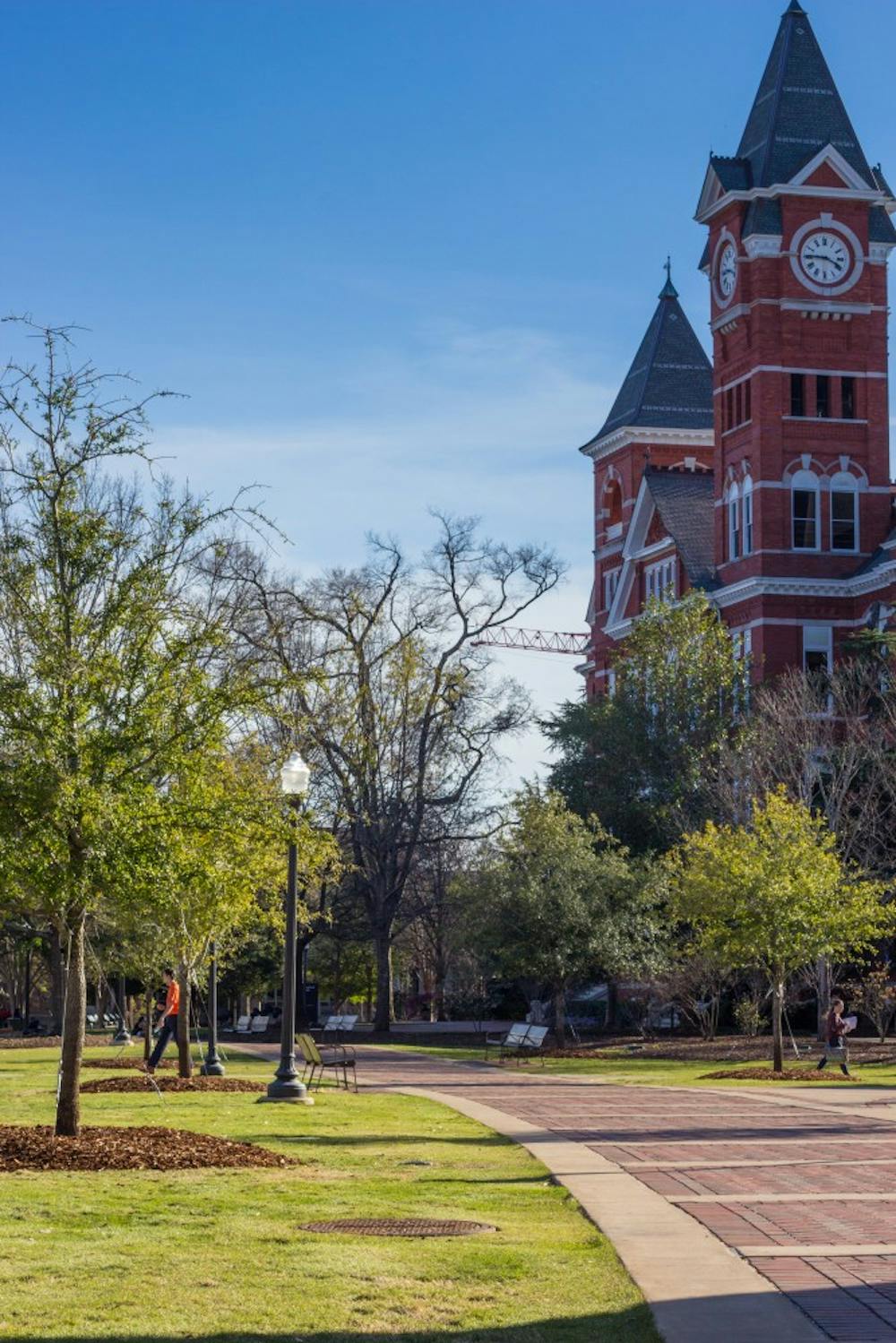Managing the acres of Auburn University’s campus is no small task.
Auburn’s landscaping services works to maintain and improve the foreground of Auburn’s campus while simultaneously remaining in the background.
“I always tell my guys that we are often the first and last impression people have of our campus,” said Justin Sutton, superintendent of landscaping services.
According to Sutton, landscaping services does a little bit of everything.
Beyond mowing, blowing sidewalks and weed-eating, it handles leaf harvests in the fall and enhancements to portions of Auburn’s landscaping.
Sutton said from December to May, landscaping services evaluates certain properties on Auburn’s campus that can be enhanced with new landscaping, sometimes ripping up everything and starting from scratch.
This year, the department is expecting to conduct between 10–15 enhancement projects around campus.
Sutton said they also focus on trees and are planting between 65–70 trees on campus this year.
Alexander Hedgepath, arborist in landscape services, said one of his jobs is to ensure the safety of campus in terms of trees.
He said structurally unsound trees are a major risk in the urbanized parts of Auburn’s campus.
Hedgepath, Auburn’s first arborist, said he’s been working at Auburn for three years.
Since then, he said he’s noticed a change as new leadership arose and a greater emphasis was put on projects to enhance Auburn’s landscaping.
According to Hedgepath, one type of project seeks to increase the canopy coverage of Auburn’s campus. Canopy coverage is a measurement of the percentage of an urban area that is covered with trees.
Hedgepath said Auburn has a canopy coverage of about 18 percent.
Hedgepath said there are a lot of benefits to more canopy coverage, such as storm water collection, erosion control and shade.
He said the best way to increase canopy coverage is not planting more trees but protecting and focusing on growing existing trees.
Hedgepath said the Landscaping Master Plan plays a large role in how landscaping services functions.
He said the plan outlines what can be planted, what can’t be planted and ensures the protection of heritage trees.
Sutton said there are different issues that arise from handling equipment on a college campus.
“It’s different than an atmosphere that you are going to catch on a residential or even a commercial property,” Sutton said. “When we are out working, there are students out there all the time.”
Sutton said because of this, safety and training are some of the department’s top priorities.
According to the landscaping services webpage, Auburn was the first school in the Southeastern Conference to be designated a Tree Campus USA University.
This recognized Auburn’s dedication to campus and forestry management as well as environmental stewardship.
Do you like this story? The Plainsman doesn't accept money from tuition or student fees, and we don't charge a subscription fee. But you can donate to support The Plainsman.





